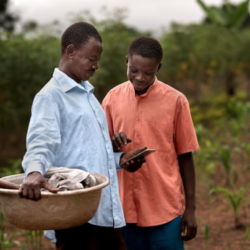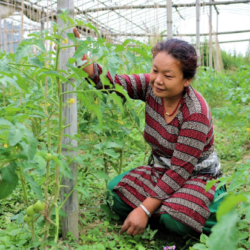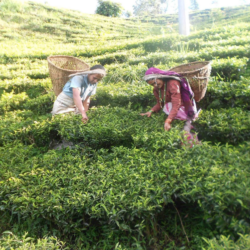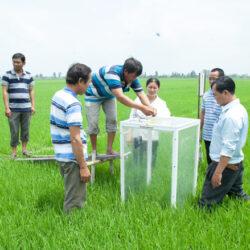FAO tech tools bring climate change info to Senegalese farmers
Climate change has directly affected traditional farming practices around the world. Historical rain patterns have become irregular, which has impacted planting and harvesting decisions. These complexities caused by climate change have led rural farmers in Senegal to adopt digital technologies. In 2016, the Food and Agriculture Organization of the United Nations (FAO) launched a project called Agricultural Services and Digital Inclusion in Africa (ASDIA). Funded through Flexible Voluntary Contribution, ASDIA




